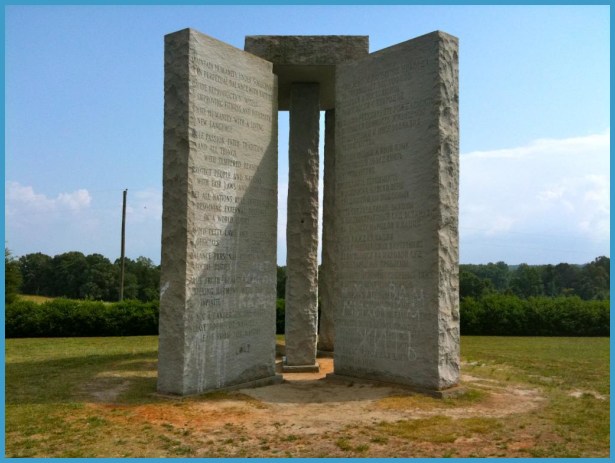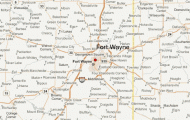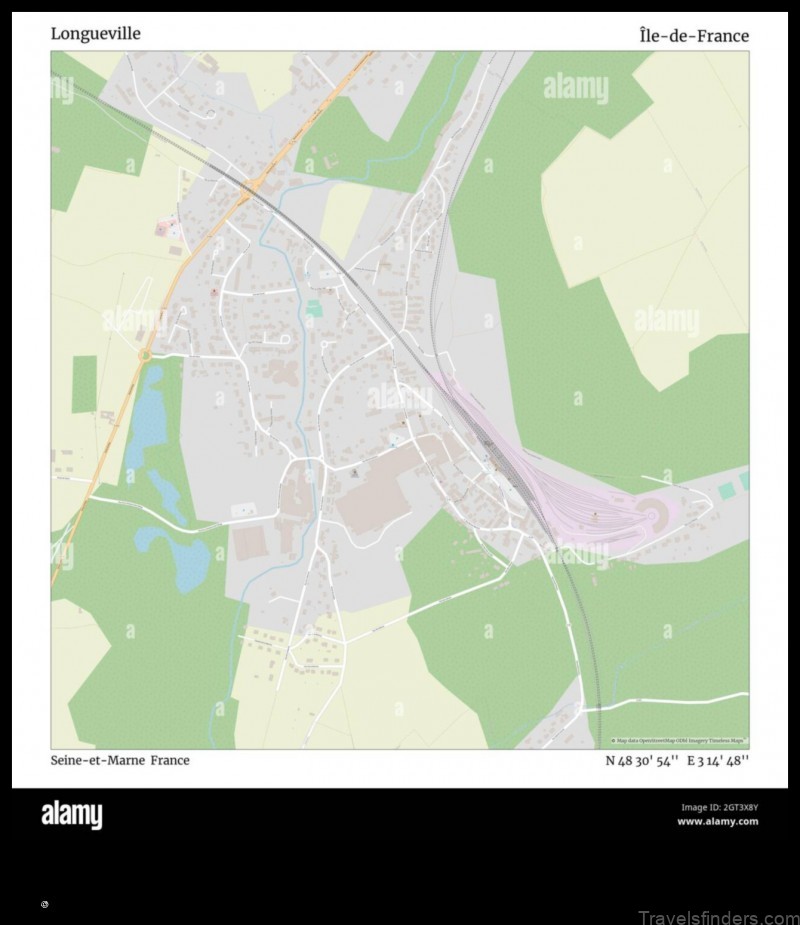Georgia as an Emerging Gateway
Although Latinos have had a presence in Georgia throughout most of the state’s history, it was not until the 1990s that the state became a prime receiving location for both immigrants from Latin America and Latino migrants from other U.S. states.6 Between 1990 and 2000, when the U.S. Latino population increased 58 percent, Georgia’s Latino population tripled. Georgia is now the eleventh-largest state in total Latino population size, with more than 600,000 Latino residents. The majority of Georgia’s Latinos, about 60 percent, are immigrants, whereas the remaining are U.S. born. Of the immigrants, about half are of Mexican origin. Cubans, Colombians, Guatemalans, and Peruvians make up most of the remaining half.
Georgia does not stand alone in the phenomenon of mass Latino migration to the Southeast that is often referred to as the Dixie Diaspora. Most states in the South experienced a marked increased in their Latino population in the nineties, but Georgia stands out as the largest receiver, in total numbers, of all of the southeastern states except Florida. Georgia also differs from its neighbors in that the Latino newcomers are not geographically concentrated in one location but are scattered throughout the state.7
Most of the influx is attributed to the economy. Since 1972 the South has outperformed other regions in economic growth; Georgia, particularly Atlanta, has
been at the forefront of this growth. Along with an increase in jobs in the service sectors, low-wage, low-skilled jobs continue to be created in agriculture and industry, and professional jobs are increasing as well. This growth has attracted many residents to Georgia. At the same time, recessions in cities such as Houston drove many Latinos to new destinations, including Atlanta.
In Georgia, two million new residents settled in the state between 1990 and 2004, and many of them were Latino. For the new residents who were Latino, the primary attraction was available jobs in construction, poultry, and textiles. Ambitious construction projects such as preparations for the 1996 Atlanta Olympics created additional new jobs, increasing an already large labor demand for builders. Much of this demand was filled by Latino labor.
In places such as Dalton, Georgia, communities were transformed seemingly overnight. This city had fewer than 1,500 Latinos living in it in 1990. By 2000, Latinos made up more than 40 percent of the total population and more than 60 percent of public school students. In Hall County, the population changed from nearly all white to 20 percent Latino in a 5-year period. In the Atlanta metropolitan area, the Latino population grew 370 percent between 1990 and 2000.
Although the Latino population is most heavily concentrated in the Atlanta metropolitan area and a few scattered cities such as Athens, Moultrie, Dalton, and Gainesville, the Latino presence was felt throughout the state by 2000. In most counties, immigrants compose the majority of the Latino population, and localities have had to adjust in order to provide services to people with limited English fluency. However, in some areas particularly those with military bases such as Columbus and Hinesville U.S.-born Latinos far outnumber the immigrants.
Included among the Latinos now living in Georgia are a relatively large number of unauthorized migrants. According to the Office of Homeland Security, between 2000 and 2005 Georgia had the largest percent increase in unauthorized immigrants (114 percent) of all of the states.8 Certainly, only a fraction of Latinos are unauthorized immigrants, and not all unauthorized migrants are Latinos, but reliable reports suggest that more than 70 percent of unauthorized migrants are Latinos, mostly from Mexico. More importantly, the presence of unauthorized migrants in Georgia and the national attention the phenomenon has received has legitimized anti-Latino sentiment proffered under the guise of immigration policy reform. Georgia-based groups such as the Dustin Inman Society and the American Resistance Foundation warn about the possibility of the state becoming Georgiafornia, making reference to the large Latino presence in California.
On December 5, 2006, officials in Cherokee County reacted to the growing Latino presence there by unanimously approving an ordinance that would allow the county to revoke the business licenses of landlords who rent properties to unauthorized immigrants. Although touted as an immigration (rather than a Latino) issue, commissioners at the same time approved a measure making English the official language of the county. More than 7 percent of the residents
of Cherokee County are Latino, and most of them are recent immigrants who are still learning English.














